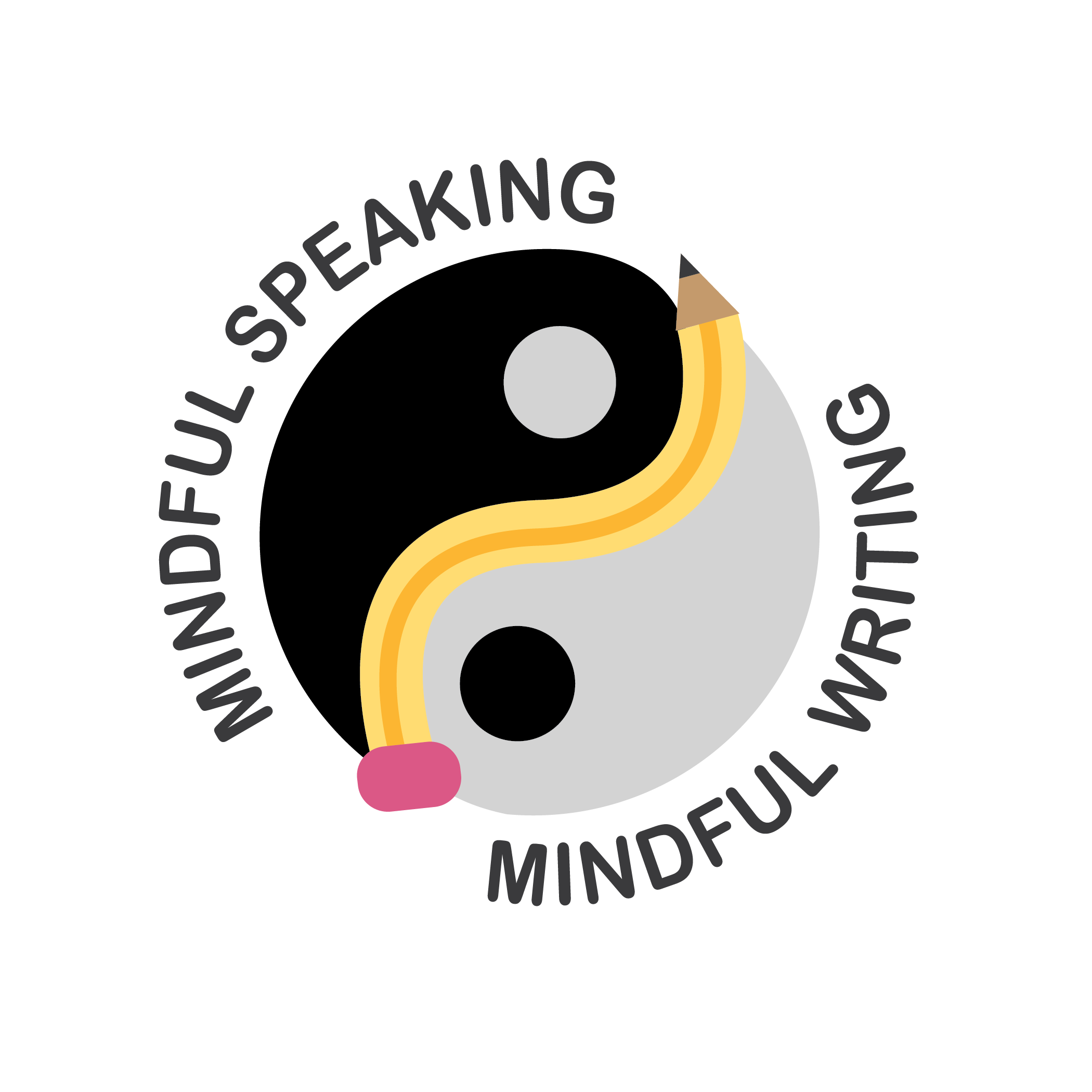 Photo credit: Pixabay
Photo credit: Pixabay
Change the past, live the present.
Last week, I tried to summarize what is meant by “Change the past, live the present.” Mindfulness, of course, is all about living the present. Easy to say, not so easy to do. And it’s very hard to “live in the present” unless you learn to let go. Holding on too tightly is the province of the ego. Letting go is the realm of the creative heart.
So let’s look at the practice of “letting go.”
What does it mean, to “let go”?
Letting go means dropping much of our need for control. It means trusting that backing off can often be as (or even more) effective than today’s buzz word, leaning in. (Not that there isn’t a place for “leaning in.” Just as there’s a place for “letting go.”) It means confronting our fear of the unknown. It means acknowledging the merits in being, not just doing. It means dancing with ambiguity.
A bit scary. And exciting. Who knows what you might discover?
A friend says (jokingly), “I may not always be right, but at least I’m certain.” That’s one way to deal with the fear of letting go. Personally, I’m on the other side. My memoir, King of Doubt, covers my in depth story of dealing with self-doubt, being a poster boy for “Imposter Syndrome,” fearing that at any minute I will be uncovered as a fraud. That’s not really letting go. In fact, being a card carrying member of the Imposter Syndrome Club motivated me to try to control more than ever, out of fear of discovery.
Why is letting go so hard?
Fear. What will happen if we let go? We’re afraid to find out. We’re afraid of the unknown. Afraid of looking into the abyss. Afraid of losing something of value. Afraid of tarnishing our roll, our image, our identity. Even if you’re wrong, there is a certain security in pretending to be right.
Some Benefits of letting go.
Less stress and anxiety – trying to control it all is exhausting.
More creativity – amazing what shows up when you open the door.
More connection to yourself, and those around you.
Could you use any of these?
First steps towards developing a habit of letting go (appropriately):
- Observe yourself to note what specific circumstances “trigger” you to move into control mode. Is it when you’re tight on time? When you’re working on the computer? Or when you’re cooking? When there are many people around, or when you’re alone? Observe your physical and emotional reactions. What happens to your breathing? Do you feel the tension in your body? Where? Are you aware of what is happening, or does it just come and capture you before you’re even aware?
- Adopt an attitude of being a witness, just watching without judgment. See if you can step back to watch yourself, almost as if you’re up in the balcony watching. Notice what a different experience this is. What do you like about it? Not like about it? What is it like to NOT be in control. See if you can maintain this attitude for 5 minutes.
- Write about the experience.

Good points but will the reader take them to heart? I have found that conclusions based on my own experience have more power to bring change. Rules from other sources: not so good. Better to encourage your readers to get out there and draw their own lessons. Which, as you say,, requires first of all; let go of fear which happens too from a review of past successes in in which fears, first thought to be real, were later disproved.